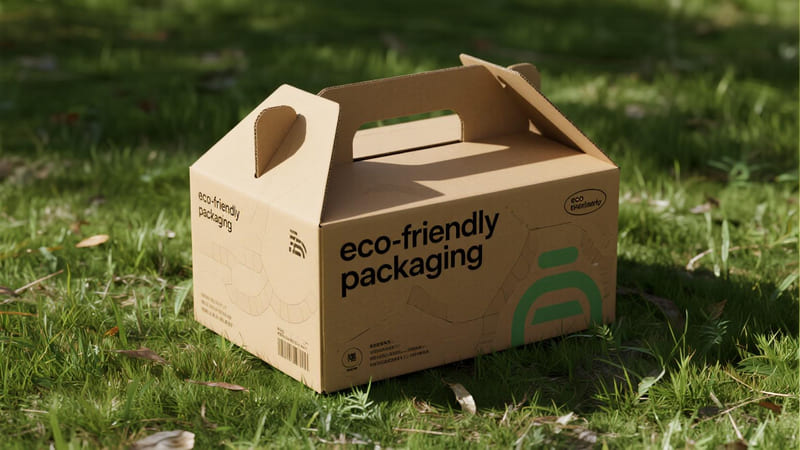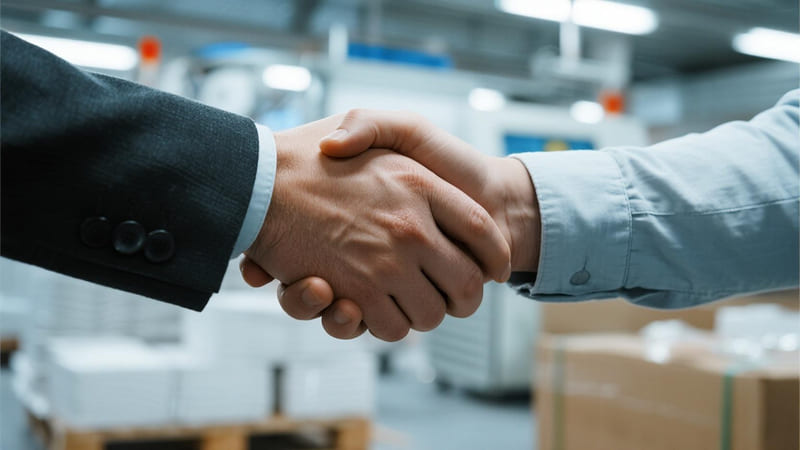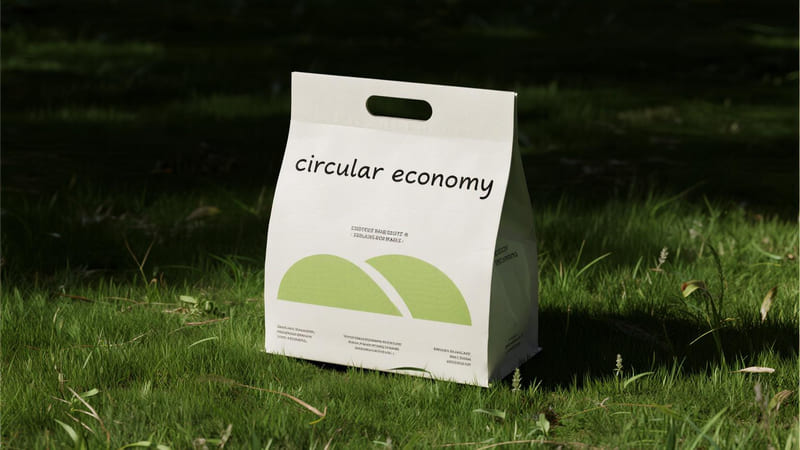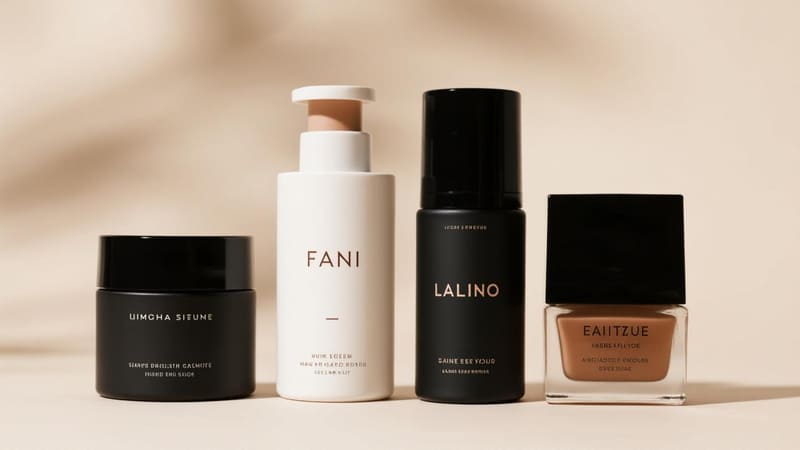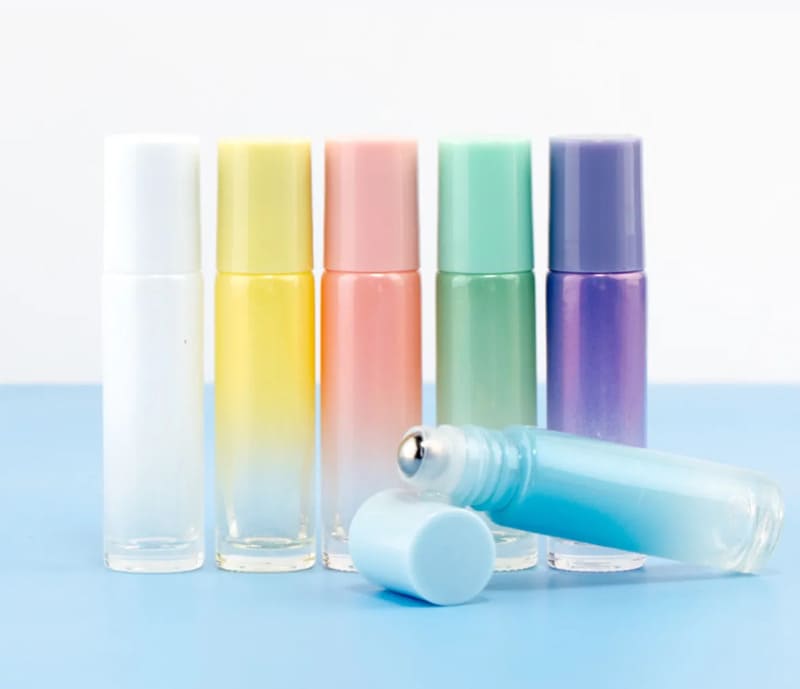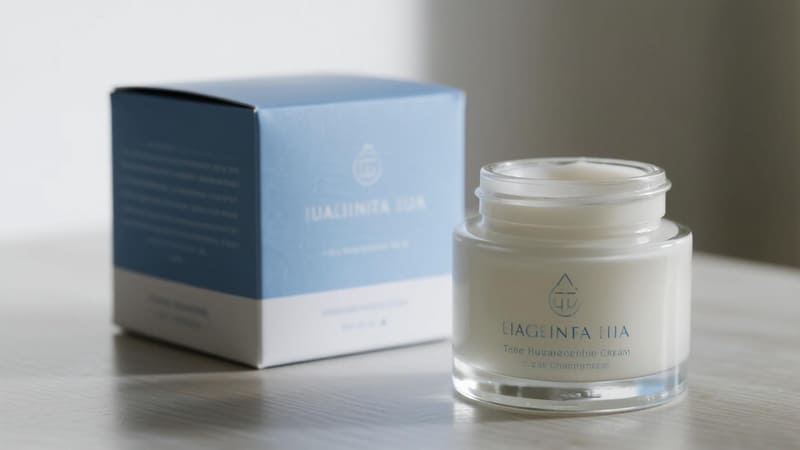Worried your packaging is creating waste? In a world drowning in plastic, consumers are actively rejecting brands that don’t care. I’ll show you why eco-packaging is essential.
Eco-friendly packaging is designed to minimize its environmental impact. It uses sustainable materials, is right-sized to reduce waste, and is easily recycled, reused, or composted. It’s important because it protects our planet, meets modern consumer demands, and strengthens your brand’s value.
Now you know the basic definition, but "eco-friendly" is more than just a buzzword. It’s a complete philosophy that touches every part of your packaging, from the raw materials to the final design. To truly understand its importance, we need to look at what makes packaging sustainable and how these choices create a powerful positive impact for both the environment and your business.
What are the key features of sustainable packaging?
You see "eco-friendly" on labels, but what does that really mean? Using the wrong materials or design can lead to accidental greenwashing, damaging the trust you’ve built with your customers.
The key features are simple: using renewable or recycled materials like FSC-certified paper, employing a minimalist design that is right-sized for the product, and ensuring the entire package can be easily recycled or composted by the consumer at the end of its life.
These features work together to create packaging that is responsible from start to finish. It’s a holistic approach. I always advise my clients to think of it as a checklist for true sustainability. For example, my client Anna, who has a successful cosmetics brand in Thailand, switched her entire line to FSC-certified paper boxes. This single feature gave her customers a clear, credible reason to trust her brand’s commitment to the environment. It’s about making conscious choices at every step.
The Sustainable Packaging Checklist
| Feature | Description | Example |
|---|---|---|
| Responsible Materials | The packaging is made from materials that are renewable, recycled, or biodegradable. | FSC-certified paper, post-consumer recycled (PCR) cardboard, glass. |
| Minimalist Design | The design uses the least amount of material possible. It is "right-sized" to fit the product perfectly. | A box with no unnecessary plastic inserts or void-fill paper. |
| Designed for End-of-Life | The packaging is easy for the consumer to recycle or compost. It avoids mixed materials. | An unlaminated paper box that can go straight into recycling. |
| Non-Toxic Components | The inks, glues, and finishes used are environmentally safe and don’t hinder recyclability. | Soy-based inks and water-based coatings instead of plastic lamination. |
How does eco-friendly packaging help the environment?
We all see the headlines about pollution and overflowing landfills. It can feel overwhelming, making you wonder if one small box can really make a difference. Let’s look at the real impact.
Eco-friendly packaging directly helps the environment by conserving natural resources like forests and water, reducing the amount of waste sent to landfills, lowering carbon emissions from production and transport, and preventing plastic pollution from entering our oceans and ecosystems.
The impact is a chain reaction of positive effects. Every choice, from the material to the size of the box, matters. When you choose a box made from 100% recycled paper, you are not just saving a tree. You are also saving the massive amounts of water and energy that would have been needed to turn that tree into virgin paper. You are reducing the demand that drives deforestation. And because the box is lighter and smaller, it takes less fuel to ship it from our factory to your warehouse, and from your warehouse to the customer. These small changes, when multiplied across thousands of products, have a huge and measurable positive impact on our planet. It’s about reducing the footprint of your product at every single stage of its life.
Can sustainable packaging actually benefit my brand?
You’re worried that switching to eco-friendly packaging is just an extra cost. You see competitors using flashy, complex boxes and wonder if sustainable options can compete. Let’s reframe this as a business investment.
Absolutely. Sustainable packaging is one of the most powerful marketing tools you have. It instantly enhances your brand’s reputation, attracts and retains loyal customers who share your values, and can even lead to cost savings through more efficient design and shipping.
Today’s consumers don’t just buy a product; they buy into a brand’s story and values. A sustainable package is a tangible piece of that story. I worked with my client Mohammed from Iraq on a project for one of his customers. We redesigned their product box to be 20% smaller by creating a smarter internal structure. This "right-sizing" not only reduced material waste but also significantly lowered their shipping costs per unit. The brand was perceived as more modern and responsible, and they saved money. This is the power of smart, sustainable design. It’s not about sacrifice; it’s about innovation that benefits your brand, your customer, and the planet.
| Business Benefit | How It Works |
|---|---|
| Enhanced Brand Image | Signals that your brand is modern, responsible, and trustworthy. |
| Increased Customer Loyalty | Attracts the growing number of consumers who actively seek out and support sustainable businesses. |
| Cost Savings | Lighter, smaller packaging reduces material costs and shipping fees. |
| Future-Proofing | Gets you ahead of new regulations like plastic taxes and extended producer responsibility (EPR) laws. |
What are the first steps to switching to eco-friendly packaging?
You’re convinced and ready to make a change, but the process seems overwhelming. Where do you even begin? Let’s break it down into a simple, actionable first step.
The best way to start is with a simple packaging audit. Look at your current box and ask: "What is unnecessary?" Then, focus on one "easy win," like removing a plastic insert, switching to paper tape, or choosing a slightly smaller box size.
You don’t have to change everything overnight. The journey to sustainability is a series of small, deliberate steps. The audit is the most powerful first step because it gives you a clear picture of where you are now. Lay out all your packaging components: the box, the bottle, any inserts, the shipping mailer, the tape. Pick each one up. Is it made from recycled material? Is it recyclable? Is it essential for protecting the product? Often, you’ll find components that were added for aesthetic reasons but serve no real purpose. Eliminating these is the easiest and fastest way to reduce waste and cost. Once you’ve identified these opportunities, you can talk to your packaging partner. A good supplier, like us at ShineTop, can then show you sustainable alternatives for the components that are truly necessary, helping you make a change that fits your brand and your budget.
Conclusion
Eco-friendly packaging is no longer optional; it’s essential. It protects our planet, builds a stronger brand, earns customer loyalty, and is an achievable goal for any business ready to innovate.

